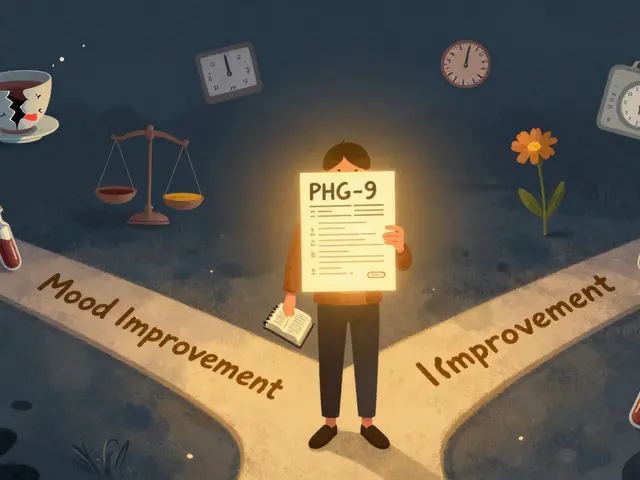Breakthrough Bleeding Explained – Causes, Symptoms & Management
If you’ve started a new pill, patch, ring or IUD and notice light spots between periods, you’re probably dealing with breakthrough bleeding. It’s that unexpected pink or brown discharge that can make you wonder if something’s wrong. The good news is it’s usually harmless and often fades as your body adjusts to the hormone changes.
What Triggers Breakthrough Bleeding?
The most common culprit is a shift in estrogen or progesterone levels caused by hormonal birth control. New users, missed doses, or switching brands can all create an imbalance that leads to spotting. Certain meds like progestin‑only pills are especially prone to cause it because they provide lower hormone doses. Stress, weight changes, and infections can also tip the scales, making your uterine lining unstable enough to bleed.
Even non‑hormonal factors play a role. For example, an underlying condition such as polycystic ovary syndrome (PCOS) or thyroid issues may make bleeding irregular. If you’ve recently stopped taking another form of contraception, the hormonal swing can trigger a short‑term period of spotting before your cycle settles.
How to Handle Spotting and When to Call a Doctor
The first step is to track what’s happening. Note how many days you see blood, its color, and any related symptoms like cramping or fever. Most doctors recommend giving new hormonal methods at least three months to stabilize; if bleeding continues past that, it’s worth a check‑up.
In the meantime, you can try a few practical tips: take your pill at the same time each day, avoid missing doses, and use backup condoms if you skip a dose. Some people find that switching to a combined pill with both estrogen and progesterone reduces spotting compared to progestin‑only options.
If the bleeding is heavy, lasts more than a week, or comes with severe pain, get medical advice right away. Those could be signs of an infection, fibroids, or other issues that need treatment. Your provider might adjust your prescription, suggest an alternative method, or run tests to rule out underlying problems.
Remember, breakthrough bleeding is a common side effect and often just a sign that your body’s adapting. By keeping notes, staying consistent with your chosen method, and talking to a healthcare professional if things don’t improve, you can manage it without too much hassle.
Levonorgestrel & Breakthrough Bleeding: Causes, Timeline, and Fixes That Work
Why levonorgestrel causes breakthrough bleeding, how long it lasts, and what actually stops it. Clear steps, red flags, and doctor-backed fixes.






